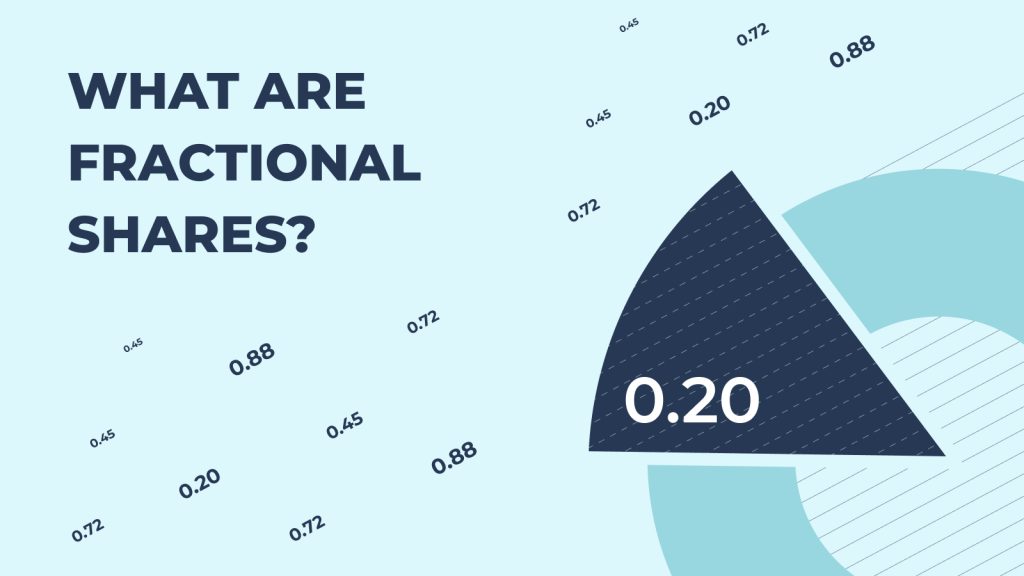New findings from Google, Temasek, and Bain & Company predict a major milestone for Southeast Asia’s digital economy. It’s set to reach a staggering $218 billion in total transactions this year, marking an impressive 11% growth from the previous year. This expansion is happening despite some tough global economic conditions.
The report, titled “e-Conomy SEA 2023,” highlights the resilience of Southeast Asia’s economy in the face of global economic challenges. It mentions a noticeable recovery in consumer confidence during the second half of 2023 after a dip in the first half.
This report digs into five crucial sectors of Southeast Asia’s digital economy: e-commerce, travel, food and transport, online media, and digital financial services. According to the report, the region’s digital economy is poised to generate $100 billion in revenue this year, growing 1.7 times faster than the total transaction value. The reason behind this acceleration is a shift towards focusing on profitability, moving away from a ‘grow at any cost’ approach.
Fock Wai Hoong, head of Southeast Asia at Temasek, emphasizes this shift, stating that Southeast Asia’s digital economy is experiencing a remarkable pivot towards profitability, with a newfound emphasis on high-quality revenue and monetization.
While the report covers the six major economies in the region, it doesn’t include data for Brunei, Cambodia, Laos, Myanmar, East Timor, and Papua New Guinea. However, it underlines the importance of addressing the digital participation gap and removing barriers to encourage more Southeast Asians to become active users of digital services, fostering further growth.
Here are the key factors driving this growth:
- Online businesses are moving away from acquiring users at high costs and focusing on deepening engagement with existing customers to prioritize profitability.
- E-commerce platforms are shifting their focus towards high-value users, larger transactions, and exploring revenue streams like advertising and delivery services for long-term growth. Gross transaction value is expected to reach $186 billion in 2025.
- The digital lending market, driven by underbanked consumers and small businesses, makes up most of the $30 billion in digital financial services revenue. Singapore is on track to dominate this market through 2030.
- The online travel and transport sectors are projected to reach pre-pandemic levels by 2024, thanks to post-Covid recovery.
- Food delivery revenue, part of the transport sector, has seen a substantial 60% increase to $800 million in 2023, despite the return of in-person dining and reduced promotions. Thailand is particularly experiencing impressive growth in online travel, with an 85% year-on-year increase.
In the face of macroeconomic challenges like inflation and high capital costs affecting private funding deployment, the report notes an increase in “dry powder.” This reflects available capital for the region’s digital economy. To attract funding, digital companies must demonstrate clear and viable paths to profitability.
Digital financial services remain a top sector for investors, given its significant monetization potential. The report also notes a growing portion of deal activity in nascent sectors like health tech, education tech, and automotive, indicating diversification among investors.
The growth of Southeast Asia’s digital economy is an exciting development, and ImpactWealth.Org will continue to bring you the latest updates on this dynamic landscape.


















